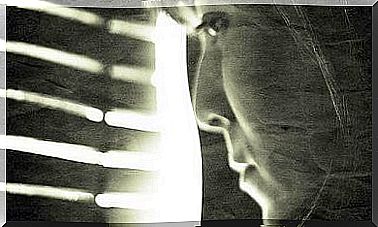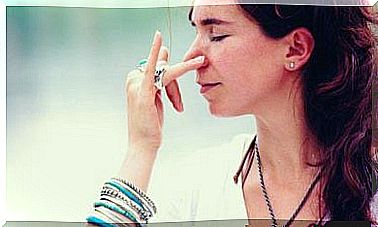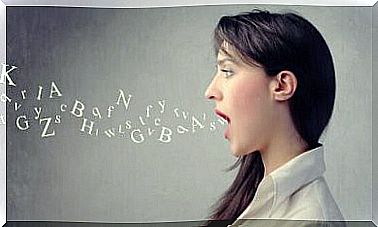Sleep Apnea In Women
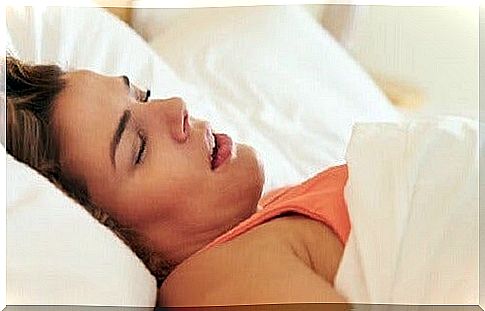
Sleep apnea in women is a condition that is rarely diagnosed. Indeed, whenever we talk about this respiratory disorder related to nighttime rest, it is easy to imagine a middle-aged or elderly man snoring loudly. This image, however, is a stereotype, in fact the reality is quite different.
First, sleep apnea also affects young people and, of course, is common in both genders. Indeed, even snoring if you suffer from this pathology is a cliché. Precisely for this reason it is particularly difficult to diagnose obstructive sleep apnea (OSAS,
), even for those who suffer from it personally.
Sleep disorder experts give us some important facts. In fact, we know that almost 30% of the population between the ages of 25 and 70 suffers from this condition. It is also estimated that the diagnosis in men is 8 times more frequent than in cases of sleep apnea in women. This, however, does not mean that the female gender suffers from it to a lesser extent.
What are the reasons behind these differences? Why is the diagnosis of sleep apnea in women so difficult and what leads to confusion with other diseases? As we will see in this article, some studies report that the effects of this respiratory disorder can sometimes be more severe in women than in men.
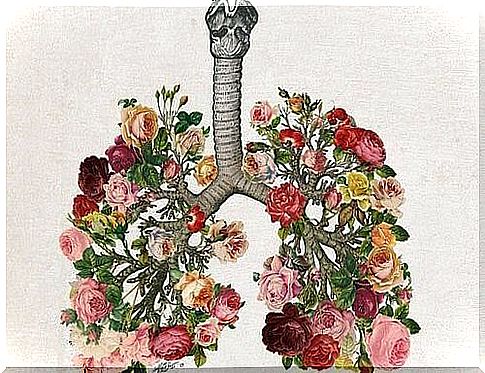
Sleep apnea in women: what are the symptoms?
Obstructive sleep apnea has specific symptoms. The person suffers from minor fainting while sleeping, i.e. stops breathing for a few seconds. This is due to the obstruction of the airways and the compression of the throat muscles, which generate a sensation of asphyxia.
It might seem like a simple disease to diagnose. However, this is not always the case; at least as far as women are concerned. Sleep apnea in women, and the symptoms that accompany it, is quite different from that of men and therefore its diagnosis is more difficult. Let’s see how this sleep and breathing disorder manifests itself in women.
- Women snore lighter. In general, they do not snore very loudly, which is a common symptom in men.
- Apnea episodes are shorter. This often means that neither the patient nor the partner is able to detect the problem.
Although nocturnal breathing disorders in women are less noticeable, the effects are more intense:
- Patients report fatigue and lack of energy.
- Problems with concentration and memory loss.
- Migraines, recurrent headaches, dizziness.
- Palpitations, tachycardia, feeling of suffocation.
- Restless legs syndrome appears.
- On the other hand, as shown by the study conducted by Dr. Alison Simms, of the University of Sydney (Australia), sleep apnea in women is often associated with a change in mood. For example, it can lead to anxiety and depression. In these cases, treatment is often oriented towards the emotional dimension, without addressing the triggering cause: that is, sleep apnea.
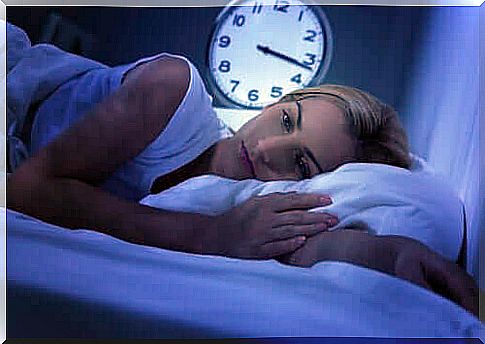
What factors determine the appearance of this sleep disorder in women?
There are a number of factors that can affect the onset of sleep apnea in women. In general, the most common are the following:
- Obesity and other metabolic syndromes (excess weight, insulin resistance, sedentary lifestyle, etc.).
- Hypertension.
- Pregnant women can suffer from this sleep disorder. The expansion of the uterus causes a displacement of the diaphragm which slightly changes lung mechanics.
- The problem is more common in the age group between 50 and 70, coinciding with postmenopause.
- Polycystic ovary syndrome also appears to be associated with the onset of sleep apnea.
Sleep apnea in young women and the risk of stroke
In recent years, studies on sleep apnea in women are increasing: a certainly positive fact. First of all, because in this way doctors become aware of this reality and take it into consideration when a woman presents fatigue, sudden mood swings and headaches. Considering sleep apnea as a possible cause for these three symptoms is particularly important.
In addition to this, the possible consequences of this sleep disorder if left untreated are increasingly clarified . For example, the Spanish Society of Pneumology and Thoracic Surgery in 2014 conducted a study that demonstrated the relationship between sleep apnea and the incidence of stroke in young women.
It is therefore of vital importance to contact a pulmonologist who specializes in sleep disorders to carry out a series of diagnostic tests and verify the presence of this pathology. At the same time, it must be emphasized that treatments with continuous positive pressure airway (CPAP) masks are particularly effective; on the contrary, in addition to improving the quality of life, they also reduce the risk of suffering from stroke or cardiovascular problems.
In light of this and aware of how important it is to sleep well, consult your doctor if we think we suffer from a problem of this type.


